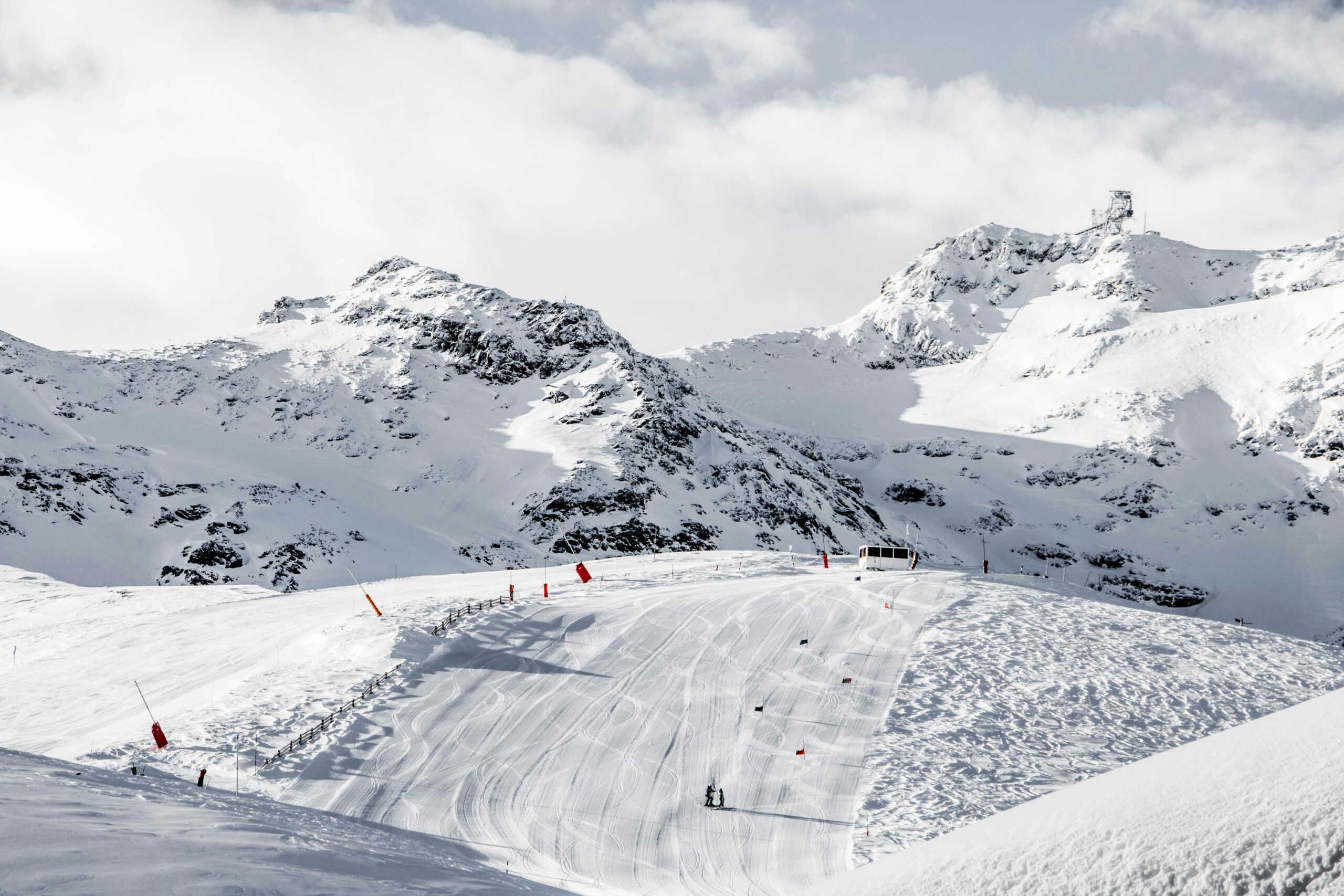
Winter sports, from skiing and snowboarding to ice hockey and figure skating, require precise strategy implementation to ensure peak performance and competitive success. The dynamic and often unpredictable conditions of winter sports environments demand that athletes and teams prepare extensively and adapt swiftly to changing conditions. This article outlines the crucial steps and methodologies for implementing effective strategies in winter sports, enabling athletes to maximize their performance and secure victories in their respective disciplines.
Setting Clear Objectives
Successful strategy implementation in winter sports begins with setting clear, achievable objectives. These objectives should be specific, measurable, attainable, relevant, and time-bound (SMART). Whether improving personal best times or increasing scores in technical routines. In securing wins in competitive matches, clear objectives guide athletes’ and coaches’ training focus and strategic priorities.
Developing Tailored Training Programs
Once objectives are set, the next step involves developing tailored training programs that address the sport’s physical and technical demands. Sports like alpine skiing might include strength and conditioning programs focusing on lower body strength and core stability. Which are critical for managing high-speed descents and turns. For sports like figure skating, emphasis might be placed on flexibility and artistic expression alongside technical skill development for jumps and spins.
Training programs should also include simulations of competitive scenarios to prepare athletes for the pressures of competition. This could involve setting up race conditions for skiers or creating performance routines under timed conditions for figure skaters.
Leveraging Technology
Advancements in technology have profoundly impacted the implementation of strategy in winter sports. GPS and motion tracking systems can analyze movement patterns and speed; biofeedback devices monitor physiological responses. Video analysis also helps refine techniques and tactics. For team sports like ice hockey, analytics can track player performance and opponent tendencies, providing data-driven insights that inform game strategies.
Integrating these technologies into daily training and competition routines allows athletes and coaches to make informed decisions, adjust real-time strategies, and gain a competitive edge.
Emphasizing Psychological Preparation
The mental aspect of sports is just as critical as the physical. Winter sports athletes often face unique psychological challenges due to the high risks and intense competitive environments. Implementing mental conditioning strategies, including visualization, concentration exercises, and stress-reduction techniques, can enhance mental toughness and performance under pressure.
Sports psychologists or mental performance consultants play a vital role in preparing athletes for the psychological demands of competition. They help athletes develop mental resilience, maintain focus throughout the event, and manage the stress of competition and expectations.
Nutrition and Recovery Protocols
Proper nutrition and effective recovery protocols also support optimal performance in winter sports. Nutrition strategies should be designed to meet the high-energy demands of winter sports, focusing on carbohydrate loading for endurance sports. Balanced protein intake for muscle repair and adequate hydration strategies should be used to combat the cold and altitude effects where relevant.
Recovery is crucial, given the physical toll of winter sports. Techniques such as cold therapy, compression, and massage can help reduce muscle soreness and inflammation. At the same time, structured rest periods ensure athletes have adequate time to recover physically and mentally between training sessions and competitions.
Adaptive Strategy Implementation
The unpredictable nature of winter environments means that strategies must be flexible and adaptable. Coaches and athletes should be prepared to modify their tactics based on weather conditions, equipment performance, and competitor actions. This adaptive approach might involve changing equipment setups, such as adjusting ski bindings or skate blades for better performance. Or altering tactical plans, such as adopting more conservative tactics in adverse weather conditions.
Continuous Evaluation and Feedback
Continuous evaluation and feedback are vital to successfully implementing winter sports strategies. Regular performance assessments help determine if the methods are effective or need refinement. Athletes and coaches should review training and competition data, assess outcomes, and solicit feedback to identify areas for improvement.
Implementing effective strategies in winter sports requires a comprehensive and adaptable approach, encompassing precise objective setting, tailored training, advanced technology, psychological preparation, proper nutrition, and adaptive tactics. By integrating these elements, winter sports athletes can enhance their performance. Overcome the challenges posed by competitive and environmental conditions and achieve their sporting goals. This holistic approach ensures that athletes perform at their best and sustain their success over time in the demanding winter sports arena.